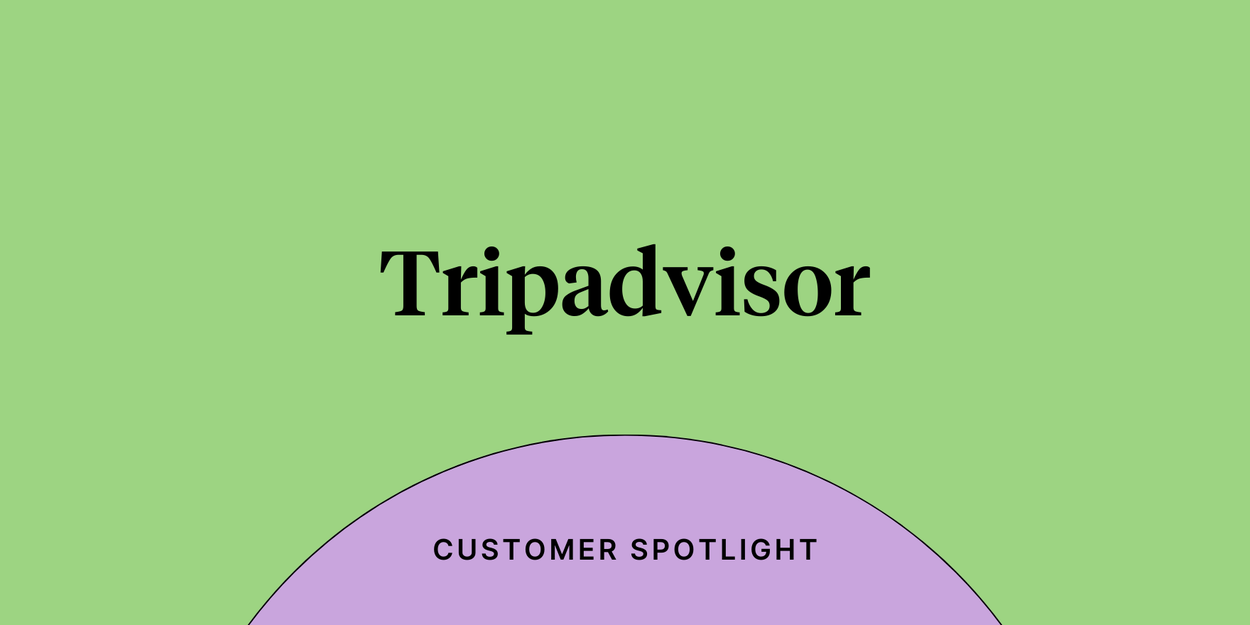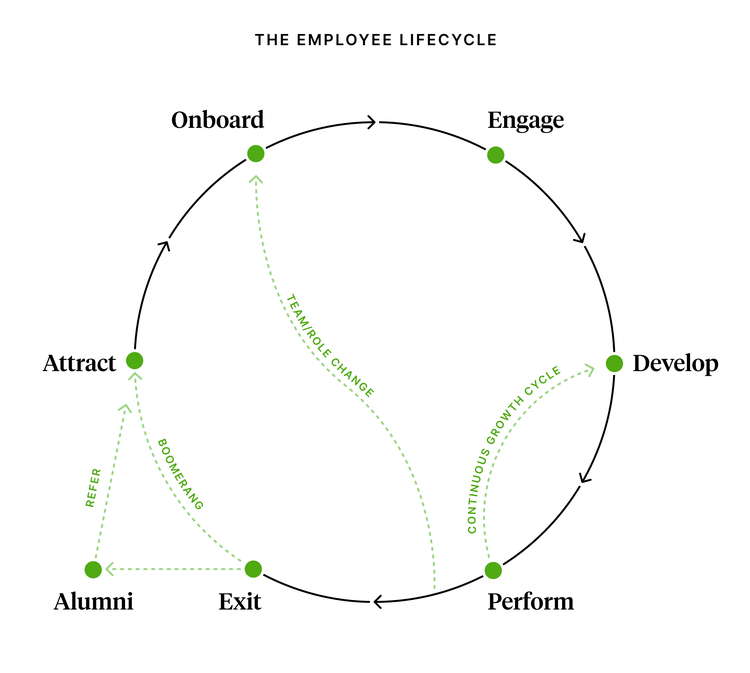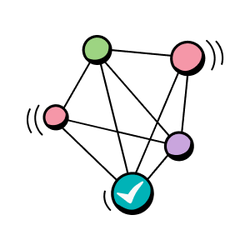
How Tripadvisor transformed the virtual employee experience

Written by

The employee experience platform
The transition from in-office to remote work during the pandemic left many companies unprepared. As some grappled with maintaining collaboration and productivity during what they thought was a temporary lockdown, Karen Mendoza, Tripadvisor’s Director of Employee Experience, recognized that work might never look the same again.
Before the pandemic, Tripadvisor buzzed with in-person engagement thanks to unique perks like dog play dates, car detailing, and dry cleaning services. All these benefits fostered a deep sense of wellbeing and belonging among employees. But, with the shift to a virtual work environment in 2020, Karen realized the company had to completely rethink how they connect with employees.
To understand their staff’s needs during this new normal and sustain pre-pandemic engagement levels, Tripadvisor approached employee experience with a strategy rooted in data.
Reinventing the employee experience
As work rapidly shifted to remote operations during the pandemic, Tripadvisor faced a critical challenge: transforming the employee experience to fit this new reality.
Karen recognized that this challenge presented an opportunity to approach the employee experience holistically. With a strategy grounded in active listening and a deep understanding of Tripadvisor’s workforce, she built a new team dedicated to employee experience and led several initiatives to help the company achieve these goals.
Developing an “employee journey wheel” to understand the entire lifecycle
Similar to how company stages influence engagement and organizational culture, the employee lifecycle plays a key role in shaping the employee experience. Karen understood this and charged her team with defining the employee experience through an "employee journey wheel." They identified crucial stages of employee engagement, from onboarding to departure and beyond. Along the way, they held conversations with key decision-makers to thoughtfully address every aspect of the employee experience.
We conducted focus groups with various stakeholders to truly pinpoint what mattered to employees at every stage of their journey. As a result, we developed this concept of a wheel that captured the entire journey, starting from attraction and extending all the way to departure and alumni.
Karen Mendoza
Director of Employee Experience at Tripadvisor
Karen and her team tested this framework when the company rolled out new systems. Using the employee journey wheel as their guide, they prioritized clear, straightforward communication at crucial points to help employees understand and adapt seamlessly to the system changes.
With backing from the people operations team and leadership, Karen and her team further leveraged this framework to guide other strategic decisions affecting the employee experience. This enhanced support across the employee lifecycle underlined the company's commitment to fostering a supportive, evolving workplace.
Using demographic data to guide decision-making
During the pandemic, Tripadvisor experienced a significant increase in productivity and autonomy as work moved remotely. At the same time, Karen and her team noticed a surge in innovation across the board. This spike in creativity, and a desire to sustain Tripadvisor’s newfound momentum, inspired the company to explore its employees' changing needs.
Thankfully, Tripadvisor had partnered with Culture Amp in 2019, which positioned the company to check in with employees and easily gather feedback. Leveraging Culture Amp’s science-backed tools, Tripadvisor conducted employee engagement surveys to collect the data needed to truly understand the employee experience – and how it had changed in this new remote era.
These surveys allowed Tripadvisor to glean insights across different demographics, including gender, business unit, length of tenure, and more. The data revealed experience gaps and opportunities within the company.
“We were already exploring ways to measure engagement. With the data from Culture Amp, we visualized these insights using red and green heat maps. We meticulously analyzed the data, segmenting it into distinct sets for various business leaders. I presented these results to the teams at each leadership meeting I attended," explained Karen Mendoza.
By 2022, Tripadvisor had gathered two years of employee sentiment data, which became a key tool for leadership. This data, segmented by team demographics, helped identify specific areas for improvement of the employee experience. For example, a decline in team morale within an engineering group was traced to burnout, leading to strategic decisions to address those issues.
Translating insights into action
However, having access to so much data presented its own challenges. “There was a sense of analysis paralysis among leaders, a tension between addressing low-hanging but less impactful issues and grappling with more significant opportunities. Additionally, there was apprehension regarding how to effectively manage this dataset and make meaningful changes based on it,” said Karen.
Recognizing that receiving too much data at once could be overwhelming, Karen’s team started providing monthly updates. This made the data more manageable and helped leaders feel prepared to act on it. Interestingly, they found that employee participation in the surveys increased when leaders acted on survey data, which aligns with Culture Amp's philosophy that employees don't suffer from survey fatigue but from inaction.
Karen named this monthly report "The Gold Mine," a nod to Matt Goldberg, Tripadvisor's CEO. The report, distinguished by its gold color, summarized the previous month's engagement data and highlighted essential points such as overall engagement, notable changes, and swings in engagement, along with any critical issues or red flags. It also included a single, actionable monthly recommendation, from broad initiatives like implementing a recognition program to more targeted actions, such as organizing CEO lunches with specific groups needing extra support or attention.
Impressively, Tripadvisor’s CEO acted on almost all of the Gold Mine recommendations. The report helped the entire leadership team better understand the real-life experiences of employees, fostering a more responsive and empathetic leadership style.
Karen notes, “This report has earned me a valuable and hard-earned seat at the executive table. It's allowed me to serve as the liaison between our employees and senior leaders, helping leaders truly understand the employee experience at our company.”
Tips for mapping your employee experience journey
Tripadvisor was ahead of the curve during the pandemic because it recognized that the employee experience was changing. Karen and her team took the right approach to employee experience: guided by employees’ feedback and backed by data-based insights.
At Culture Amp, we believe a compelling employee experience strategy begins with understanding the employee journey. Grounding your strategy in data allows you to address employees’ changing needs throughout their lifecycle at the company, contextualized by touchpoints, diverse experiences, and organizational goals – as evidenced by Tripadvisor's story.
Ready to get started? Take the following four steps from our guide to mapping employee experience.
1. Assess and address what matters to employees across touchpoints
Improving the employee experience begins with understanding the lifecycle stages that profoundly shape their perception of the company.

There are seven stages: attract, onboard, engage, develop, perform, exit, and alums. Each stage includes unique moments that are particularly significant for your employees. You can enhance engagement, performance, and the overall experience by pinpointing and emphasizing these crucial moments that resonate with your employees.
2. Align experience with organizational context
Without considering the company as a whole, it's nearly impossible to create a comprehensive employee experience strategy – your company's mission, vision, and values play a pivotal role here.
According to the person-organization fit theory, a greater alignment of values is associated with more positive employee outcomes, including increased attraction to organizations, higher satisfaction and commitment, better adjustment, and reduced attrition. As long as diversity and inclusivity are integral to your culture, syncing employee experiences with organizational goals leads to better results.
How your organization embodies and practices its values directly affects an employee's day-to-day experience. So, it's essential to identify and emphasize those key moments that reflect and reinforce your company's guiding principles.
3. Consider the employee lens
An employee's lived experiences also influence their engagement with their work. For example, parenthood, family or medical circumstances, and career stage can impact their approach and expectations in the workplace.
Understanding and creating space for each employee's distinct and intersectional identity and life circumstances is crucial in shaping their journey within the company. It can make all the difference in helping someone go from surviving to thriving.
4. Implement a data-driven strategy and measure impact
Now that you have all these insights into the employee's actual experience within the company, choose a specific phase in their lifecycle – and a pivotal moment within that stage – to prioritize.
Depending on the available resources, you could aim for a high-impact opportunity or start with a more achievable goal. Either way, you need to measure employee engagement, so you can establish your metrics for success. For example, you can choose a particular question to monitor in your engagement survey or identify a key performance indicator (KPI) to demonstrate the effectiveness of your initiative.
Future-proofing the employee experience
Regardless of how the future of work looks, whether remote or in-office, employee feedback is more important than ever. In other words, employees' voices need to be heard at all times to ensure the company culture stays aligned with the changing needs and expectations of the workforce.
Through a proactive and agile approach to employee experience, organizations can effectively navigate the dynamic landscape of work and maintain a positive, engaged workforce.




